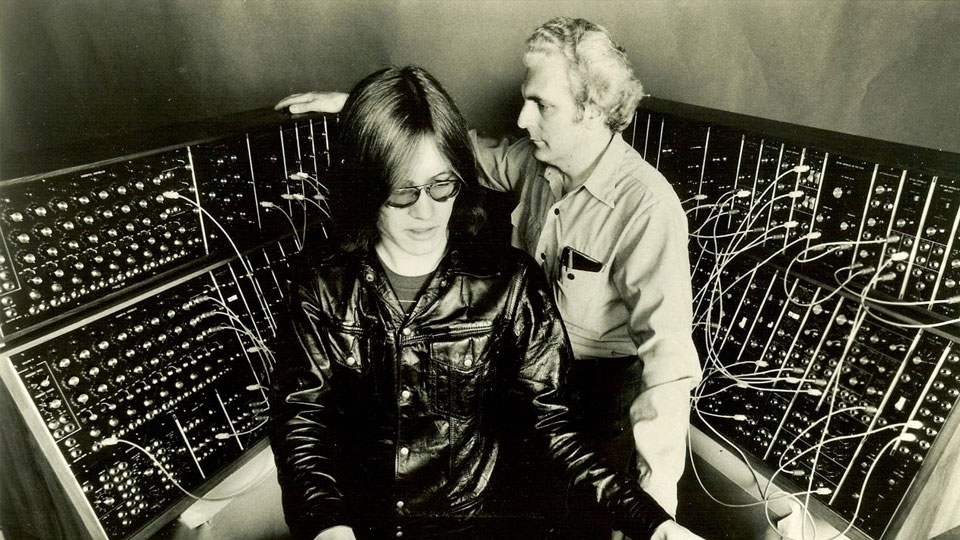By Andrea Caccese
New instrument ideas come and go: some are considered a bit too outlandish and weird, so they never really catch on with the mainstream musical community. Every once in a while, however, some of these innovations creep deep within the music culture and leave a mark that will forever change the industry for musicians, producers and listeners alike.
The Moog Synthesizer is one of these. Developed by Robert Moog in Brooklyn during the mid 1960s, the synth was made possible due to the use of transistors, then a recent innovation in terms of electronics. Before transistors, vacuum tubes forced manufacturer to build bulky, unpractical and sometimes dangerous instruments that were not a viable option for the every-day musician. On the other hand, transistors allowed synths to be manufactured in a cheaper way and more importantly, in a more compact size.
Ever since its first appearance at the legendary Monterey Pop Festival (1967), the sound of the Moog has been a fixture within the music scene. You can hear Moog synthesizers in vintage hits such as Wendy Carlos' 1968 hit, "Switched-On Bach" as well as in recent hits from James Blake, Chvrches, Nine Inch Nails or Radiohead, among others.
Filmmakers Robert Fantinatto and Jason Amm already worked within the world of electronic music, with their poignant "I dream of wires" documentary, a look on the evolution of synths. This time, they are working on an upcoming documentary about Bob Moog and his legacy: "Electronic Voyager".
The film’s release date is yet to be announced, as the filmmakers are looking to create the most definitive outlook on Moog's life and work to date.
Show your respect to an NYC innovator, start making your music with our introduction to electronica at The Foxgrove.
-
This gem is brought to you by The Hunt, The Foxgrove's blog that looks into the electronic music and DJ world in the lenses of fashion, lifestyle, art and culture. If you'd like to contribute, find us at info@thefoxgrove.com.

